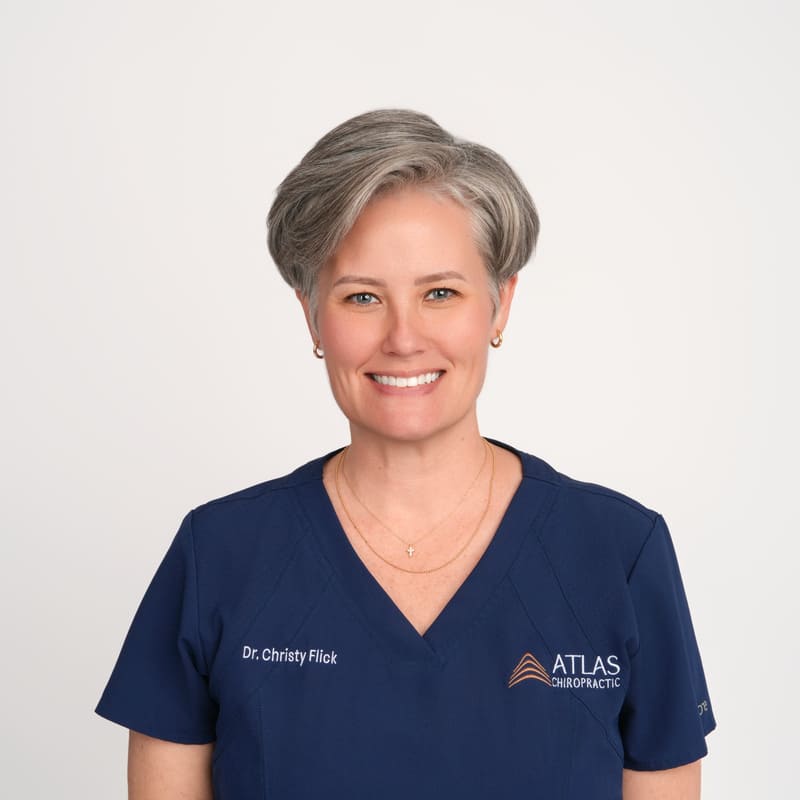Could a Neck Adjustment Help Lower Your Blood Pressure?
It’s not uncommon for adults in their 30s, 40s, and 50s to find themselves managing chronic health conditions while juggling busy family lives. High blood pressure is often addressed with medication, diet changes, and exercise. But what if there was another option worth considering? Recent research and case reports suggest that upper cervical chiropractic care—specifically, adjustments to the top vertebra in the neck—may play a significant role in helping to regulate blood pressure naturally.
Let me share a few stories from the research that bring this idea to life.
One case involved a 55-year-old man with chronic hypertension. He had been on medication for years, following all the right advice, yet his blood pressure remained stubbornly high. After undergoing upper cervical chiropractic care using an upper cervical protocol—a precise adjustment technique focused on the atlas vertebra—he began to see real change. Over seven months, he needed only one adjustment. Yes, one. His blood pressure gradually normalized, he was able to stop taking metoprolol, and he even reduced other medications. He didn’t change his diet, his exercise routine, or his daily habits. What changed was the alignment of the top bone in his neck.
In another case, a 25-year-old woman was dealing with both hypertension and frequent migraines. Her blood pressure started at 134 over 98. After twelve weeks of upper cervical adjustments, her readings dropped to a healthy 114 over 80. Not only did her blood pressure improve, but her migraines became less frequent and far less intense. Again, no other interventions were introduced. The care was specific, consistent, and conservative.
These aren’t isolated cases. A growing body of preliminary studies and case reports connects upper cervical misalignment—especially involving the atlas vertebra—to elevated blood pressure. One review highlighted numerous cases where adjusting this area led to measurable blood pressure improvements. In one report, a 72-year-old man experienced a full resolution of hypertension following correction of his atlas misalignment. In another case, a patient struggling with both atrial fibrillation and hypertension saw both conditions improve after upper cervical care.
Even in the world of sports performance, the benefits are becoming clearer. A pilot study among baseball players showed that upper cervical adjustments not only helped regulate systolic and diastolic blood pressure but also improved physiological performance indicators. This connection between spinal alignment, nervous system regulation, and cardiovascular function opens the door to more integrated approaches to health.
So, what does this mean for families, professionals, and parents navigating midlife health concerns?
It means there’s a conservative, non-invasive option that may support your body’s ability to regulate blood pressure. It means you might not have to rely solely on medication to feel well. And it means that caring for your spine—particularly the area at the base of your skull—can influence more than just posture or pain. It can impact how your nervous system manages your entire body.
Upper cervical chiropractic care is not about “cracking backs.” It’s about precision. It’s about identifying subtle misalignments that affect the way your brain communicates with your body, especially your heart and blood vessels. And it’s about giving your body the best chance to restore balance from the inside out.
If you’ve been managing high blood pressure for years—or if you’re simply curious whether your spinal alignment might be playing a role in your health—I invite you to explore this care option. You don’t have to commit to a long treatment plan. A simple evaluation can help determine whether an upper cervical misalignment might be affecting your health.
It’s a small step that could lead to major change—not just in your blood pressure, but in how you feel every day.
Research Links:
https://www.semanticscholar.org/paper/Improvement-in-Chronic-Hypertension-Following-a-A-Kessinger-Moe/64e231623adf2952cd3f6230dce831f353259c03?utm_source=consensus
https://openscholar.dut.ac.za/items/2adfb179-9b0f-4a91-9003-f3c51b2e8fea https://www.semanticscholar.org/paper/Upper-Cervical-Specific-Chiropractic-Management-of-Whedon/165cf769b8eb5e7a357cb7d2a9c15ee9475217a9?utm_source=consensus
https://www.jmptonline.org/article/S0161-4754(01)63162-2/abstract https://www.semanticscholar.org/paper/Preliminary-study-of-blood-pressure-changes-in-McKnight-Deboer/3caf3e938c1b4cb69bdcfcef0bbde907f9542f3e?utm_source=consensus
https://www.semanticscholar.org/paper/Resolution-of-Hypertension-Following-Reduction-of-Brown-Busa/868ab9d0bea560ce7af74579687c08ed64d670f2?utm_source=consensus
https://www.semanticscholar.org/paper/Athletic-Performance-and-Physiological-Measures-in-Schwartzbauer-Kolber/fbeb317d14b9006eaef8e30bdd4d2d261fa20e37?utm_source=consensus
https://www.semanticscholar.org/paper/Changes-in-Systolic-and-Diastolic-Blood-Pressure-a-Hannah/ae3d8771e572d12af7b452e11686940da48a4c9c?utm_source=consensus

